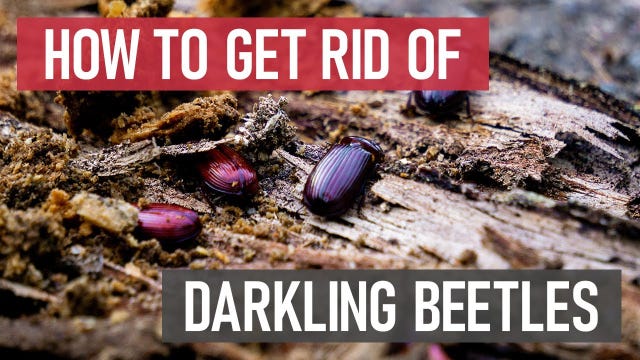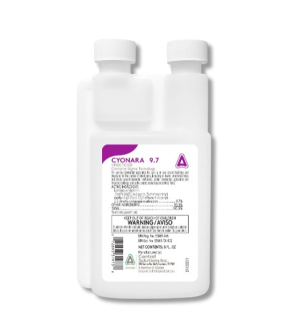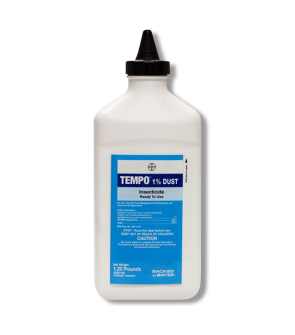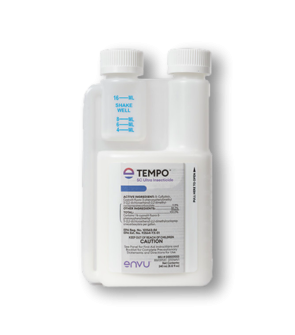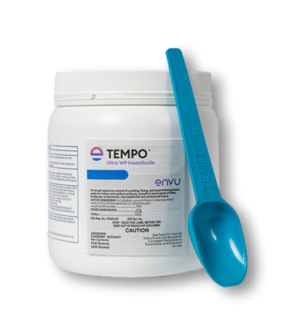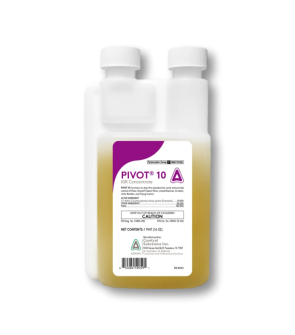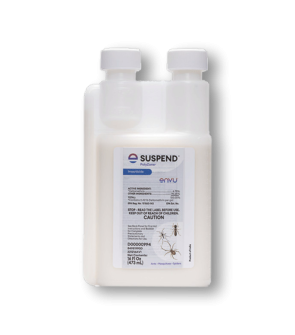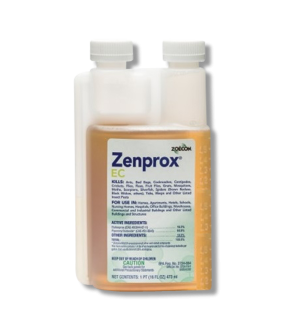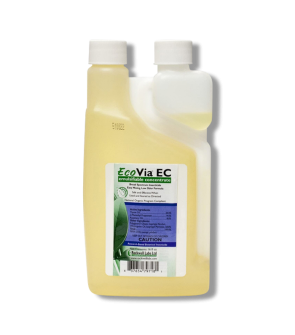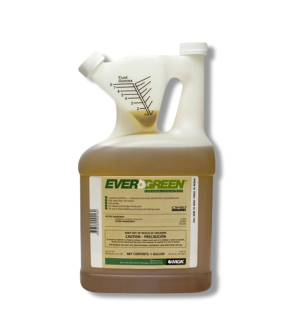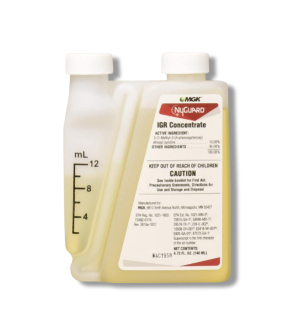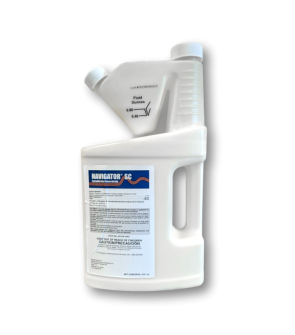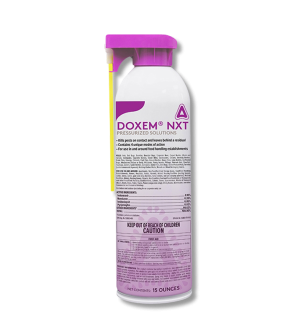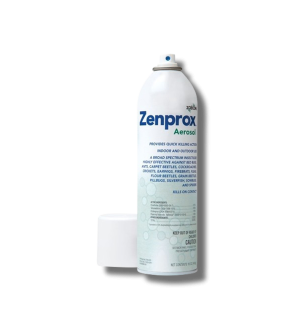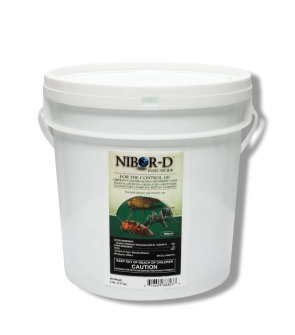Gain access to personalized product screening, the best pricing, rewards, and more!
Most Effective Products
Darkling Beetle Control: How To Get Rid of Darkling Beetles
This page is a general darkling beetle control guide. You will see a great reduction in darkling beetles using the products and methods suggested. Follow this guide and use the recommended products, and we guarantee a great reduction in the number of darkling beetles in your population.
If you have a large yard with pets or own a farm with a variety of animals, there is a chance that you may have noticed a little black bug, particularly around the droppings your pets or animals have been leaving behind. These beetles are known as darkling beetles, and while they often go unnoticed in a yard since they tend to hide during the day and come out and feed at night when they gather in large quantities, they can be a big stinky problem.
Darkling beetles, also known as mealworms, litter beetles, false wireworms, or black beetles can be a damaging pest if left to their own devices. They are known to eat plants, destroy insulation, and carry disease. Darkling beetles and decaying materials or grain products need moisture to survive, all of which can be found inside poultry houses close to the feeders and waterers.
Darkling beetles pose several health hazards to humans and are considered a disease vector to poultry. Prolonged exposure to these beetles by humans can result in asthma, dermatitis, allergic angioedema, and rhinitis. They also carry several parasites and pathogens that can affect poultry and humans.
If darkling beetles are congregating on your property, this guide can help. Use the expert advice and product recommendations in our treatment guide to control the darkling beetle infestation and get rid of them quickly and affordably.
Identification
Before treatment, you must first identify your beetles as darkling beetles. A dead giveaway is their infestation location, usually inside piles of manure in poultry houses. Below, you can find some of the characteristics of these beetles.

- Darkling beetles are generally medium-sized beetles with a tough, elongated, and somewhat flattened body typically measuring between 0.13 to 0.25 inches long. Most species are dark in color, ranging from deep brown to black, which is how they get their name. Some species may have a slightly shiny or matte finish.
- Their bodies are usually somewhat flattened and oval-shaped, with well-defined segments and a slightly rounded back.
- They have six sturdy legs and 11-segmented antennae that can be straight or slightly curved.
- The wing covers (elytra) are hard and protect their delicate flying wings underneath, though many darkling beetles cannot fly.
- Darkling beetle larvae, also known as mealworms or false wireworms, have long, cylindrical, and segmented bodies that are usually pale yellow to light brown. They have a hard, shiny exoskeleton and are covered with tiny, fine hairs. Their bodies taper slightly toward the head, which is darker and harder than the rest of the body. They have three pairs of small legs located just behind the head, which help them crawl slowly through their environment.
- Darkling beetle larvae (mealworms or false wireworms) can often resemble click beetle larvae. Let's go more into the depth of the specifics about click beetle larvae. Click beetle larvae, also called wireworms, have a more elongated, slender, and hard-bodied appearance, often with a somewhat flattened or slightly curved shape. Their bodies are usually tough and shiny but narrower and more cylindrical than darkling larvae. Wireworms tend to have a more rigid, segmented look, and their movement is more wriggly and sometimes faster. Click beetle larvae typically have small legs but can appear less prominent compared to darkling beetle larvae.
Use the image and description above to identify darkling beetles properly. If you are unsure, contact us, and we will have one of our pros help you with correct identification.
Inspection
Once you have confirmed the infestation is darkling beetles, you can move on to inspection. During this phase, you will locate the areas where darkling beetles are infesting and observe the conditions allowing them to thrive. This information will help you determine where to apply pesticide applications.

Where To Look
Darkling beetles commonly infest areas where they can find dry organic materials to feed on.
They are often found in sites with stored food and grain products such as cereals, flour, pasta, dried corn, dried rice, beans, dry pet food, birdseed, spices, dried fruits, or processed animal feed.
These locations includes pantries, cupboards, kitchens, grain storage facilities, grain silos, warehouses, poultry houses, storage rooms, and near feeders, as well as nearby cracks, crevices, and baseboards where they may hide.
Outdoors, darkling beetles are commonly found in areas where organic matter accumulates, providing food and shelter. They thrive in places like compost piles, mulch beds, leaf litter, under the bark of dead trees, and under the logs or stones.
What To Look For
Signs of darkling beetle damage are often most noticeable in stored food products, where their larvae feed on grains, flour, dried fruits, nuts, and pet food. You might find small holes in packaging, powdery dust, or webbing caused by their activity.
Infested food can also develop unpleasant odors, discoloration, or clumping due to feeding and waste left behind by these pests.
In outdoor settings, darkling beetle larvae can sometimes feed on seeds or young plants, causing poor germination or stunted growth.
Another clear indication of their presence is seeing live or dead beetles and larvae near food storage areas, cracks, or compost and mulch piles. Additionally, small dark pellets of insect droppings, called frass, can accumulate around infested spots.
Treatment
Once you have confirmed darkling beetle activity, it is time to begin treatment. Remember to read all product labels, follow the application instructions on them, and stay safe by wearing personal protective equipment (PPE).
Controlling darkling beetles involves a combination of sanitation, exclusion, and targeted treatment.
Step 1: Remove Food Sources

Since darkling beetles are so hard to control, you should first implement some integrated pest management techniques, including cultural changes to the environment and mechanical means, to eliminate the infestation. In this step, you will do both to prepare the area for treatment.
Start by eliminating their food sources and filthy areas where they like to hide. Do your best to remove animal droppings and properly dispose of them. Also, remove any debris, like stones, dirt clods, and bits of wood, where they might hide in these areas.
If you have a poultry farm, we suggest doing what you can to keep the litter dry. This may include checking pipes and waterers for leaks, and preventing wet spots under waterers. Clean up spilled feed daily, especially under feeders.
Remove all bedding such as straw used on the floor of poultry houses and in their nesting boxes and animal waste completely.
Indoors, it's important to keep storage areas clean by vacuuming shelves, sweeping up crumbs and other food residue, and disposing of all food products found near the infested food source.
Even if a package looks sealed, darkling beetles and their larvae can chew through thin cardboard or plastic, spreading unnoticed to nearby items. Keeping any potentially infested food increases the risk of allowing the beetles to continue breeding and spreading throughout your pantry. By discarding all contaminated and nearby exposed food, you ensure the infestation doesn’t rebound and protect your home from further damage or infestation.
Darkling beetles thrive in humid, warm environments. Fix leaky pipes, nipple drinkers, and address any condensation issues.
Step 2: Seal Cracks and Crevices

This means carefully inspecting and sealing any cracks, gaps, or openings around doors, windows, foundations, and walls using quality caulk, expanding foam, or weather stripping.
Ensure all doors and windows close tightly and use door sweeps or weather stripping to seal gaps at the bottom.
In areas where beetles tend to burrow, such as under insulation or around wooden beams, consider installing concrete footings or metal barriers to prevent access.
Raising feed and bedding off the floor on pallets or racks reduces hiding spots and makes cleaning easier.
Step 3: Apply Pivot 10 IGR & Cyonara 9.7
After effectively sealing entry points and removing food sources, using targeted insecticides can provide an essential layer of control to eliminate any darkling beetles that remain or manage populations that have already established themselves.
We recommend using Cyonara 9.7 and Pivot 10 IGR. Cyonara 9.7 will kill the adult population of beetles, while Pivot 10 IGR will target the undeveloped stages of darkling beetles.
These products may be applied separately, but you can also tank mix them and apply them together.
Start by measuring the square footage of the area you wish to treat so you know how much product to mix. Measure the treatment areas' length and width in feet and multiply them together (length x width = square footage).
The rate of Cyonara 9.7 to use is 0.8 fl. oz. of product per gallon of water to cover 1,000 sq. ft.
To control darkling beetles with Pivot 10 IGR, apply 4 mL of product in 1 gallon of water per 1,500 sq. ft. For severe infestations, use up to 12 mL of product with 1 gallon of water to cover 1,500 sq. ft.
To apply this product with Cyonara, you may use 2.67 to 4 milliliters of Pivot 10.
In a sprayer, fill halfway with water and add the appropriate measured amount of Cyonara 9.7. Then, fill with the remaining half of the water and agitate to mix. Add the appropriate measured amount of Pivot 10 IGR to the solution and shake the sprayer again until the solution is well mixed. You are now ready to spray.
When applying to a poultry house or indoor structure, you should remove animals and litter completely.
For best results, apply immediately after animals and litter are removed and just before new animals and litter are placed.
Apply product to walls, supports, cages, stalls, and around feeders. Also, apply inside cracks and crevices.
Indoors, clear away food items and utensils from the pantry and other areas where food is stored or prepared, then apply your solution as a surface spray or crack and crevice treatment.
After application, do not replace foodstuffs or utensils until the spray has completely dried. This application may be reapplied every 21 days as needed.
Outdoors, conduct a perimeter application by spraying entry points like doors, windows, and other voids that insects can use to hide or invade. Then, spray your structure’s outer perimeter 3 feet up the foundation and at most 6 feet out.
Do not allow people or pets around the treated area until the product has dried completely.
Mature beetles that make contact with the solution or treated surfaces will have their nervous systems impacted and die, while the larvae will be unable to mature into reproductive adults.
Prevention
Once treatment is complete, it is important to enact preventative measures to prevent a darkling beetle reinfestation. Here are some preventative tasks to complete.
- Preventing darkling beetles starts with creating an environment that’s unattractive and inaccessible to them. First, maintain strict sanitation by regularly cleaning up spilled food, debris, and organic matter both indoors and outdoors. In poultry or livestock houses, manage litter carefully keep it dry, and replace it between flocks to interrupt the beetles’ life cycle. Clean out manure and litter regularly in poultry houses or barns.
- Store all dry goods like grains, pet food, foodstuff, and feed in tightly sealed containers to deny beetles easy access to food sources.
- Maintain dry floors and surfaces; fix any leaks or standing water since moisture attracts beetles and helps larvae develop.
- Elevate storage and food items off floors to reduce access. Avoid piling organic material (bedding, manure, mulch) near buildings where beetles breed.
- Ensure proper ventilation in barns, poultry houses, and storage areas to keep humidity low. If composting, keep compost piles aerated and turned often to avoid moist, stagnant conditions.
- Make preventative applications of Cyonara 9.7 every 3 months to keep darkling beetles away long-term.
Key Takeaways
What are Darkling Beetles?
- Darkling beetles (lesser mealworms) are a common infesting pest in poultry farms because of their affinity for manure, litter, or organic matter. They are known for causing damage to facilities and are vectors of various diseases.
How To Get Rid of Darkling Beetles
- Our top recommendation for treating darkling beetles is to begin with a preliminary cleanup of food sources, followed by applying Cyonara 9.7 Insecticide and Pivot 10 IGR. This combination of insecticides will address all phases of the darkling beetle's life cycle.
Preventing Darkling Beetle Reinfestation
- To keep darkling beetles from returning, maintain cleanliness around your property, address moisture issues, and conduct preventative applications of Cyonara 9.7 every 3 months.






